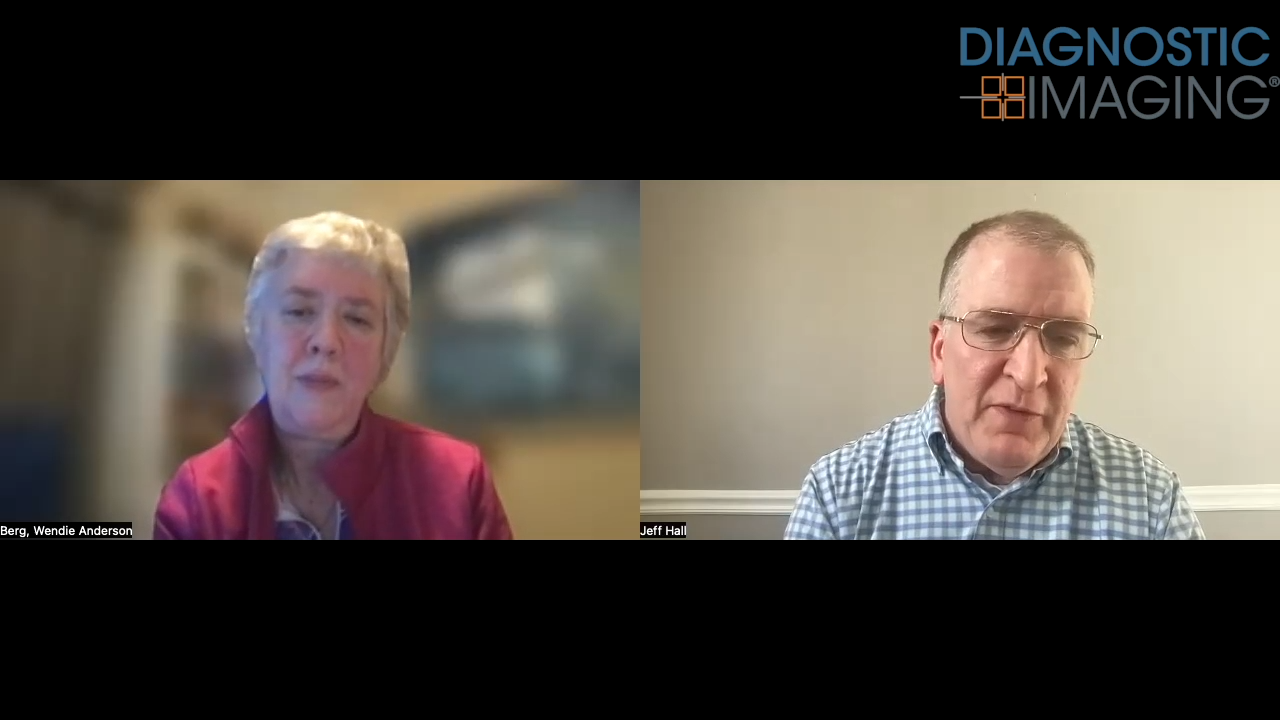The Human Experience of Radiology
2017: a year to make radiology human.
Looking back at 2016, this year has brought a lot of change. A surprising election, Brexit, the Syrian crisis, and the death of several notable celebrities at the end of December have all brought 2016 to a gloomy close. It also bore witness to my first six months of residency, and the steep climb up the knowledge pyramid did not make this year any easier. However, some of my most poignant lessons in radiology came from patient interactions and what they taught me about how we practice medicine.
Sometimes the practice of medicine goes beyond numbers and statistics, it includes how we treat people in our bubble, not just when they walk into the radiology department. On August 23, 2016, a construction worker fell several stories while renovating the external façade outside the Harvard Medical School building. It was a sad case in which the worker fell through several layers of scaffolding instead of being caught or cushioned by the safety nets. He was rushed to the hospital and was found to be in critical condition after the accident. The attending physician of the service I was on at the time was eating lunch in a café adjacent to the building and witnessed the immediate aftermath of the incident. In the days following, she visited the man and spoke with his family and got to know them. My attending’s compassionate response was perhaps beyond the scope of daily practice, but showed a genuine human reaction which probably meant a lot to the family. I was impressed that she took the initiative to make those visits, and to extend a hand from the medical community to say, “We saw, we’re sorry, we care.”
We can also reach out in other ways to bridge the gap between patient and provider. During my ultrasound rotation, I noticed that patients often stare at my face during the exam to glean information about their results. We have all trained our poker faces to be perfect and absent of any cracks that the patient can use for misinterpretation; however, I noticed that during painful exams, it has been helpful to show empathy and to respond to the patient’s emotion. One transvaginal exam, in particular, stood out to me. I brought the Spanish-speaking woman with pelvic pain into the room, and made efforts via broken Spanish, hand gestures, and a translator app to communicate with her. During the transvaginal exam, she was trying to be brave but had so much pain that she started crying. My attending took over, and I asked if she wanted to hold my hand. She squeezed hard. Response to human touch is a powerful thing.
After the exam, I took some extra time to translate the results to her verbally and then, to my utter surprise, she gave me a big hug and a kiss on the cheek. Then she quickly ran out and left me a bit shocked. We must have done something right for a patient to show appreciation bordering on affection after a painful transvaginal exam. In our department, approximately a dozen pelvic ultrasound exams are performed every day, and it can seem like a very routine exam. However, in some cases, such as for patients who find the exam particularly difficult to tolerate, it can be appropriate to show empathy and take some more time to prepare and position the patient. After all, it can make a world of difference.
My last anecdote tells about an utter failure to connect. One day I went to the emergency room to scan a patient with vaginal bleeding who had a normal first trimester ultrasound the week before. She and her husband were holding hands and her faced was heavily lined with distress and misery. She said, “I know I probably lost it…” and started crying as I scanned her. The transabdominal exam showed an embryo without a heartbeat. Before starting the transvaginal portion, I went over the images with the fellow and brought him back into the exam room to scan together. As we finished the scan, he simply walked out of the room without saying a word. I was shocked by the lack of response; it felt like a huge void. I wasn’t sure it was appropriate to divulge the results if the fellow had not done so. I felt awful and wanted to give her my condolences and a big hug, but instead I instructed the patient to return to her emergency room cubicle and I walked back to the reading room. There, we went over the exam with the attending physician and printed the report. As I walked to the work area outside the patient's room to place the report inside her folder and communicate findings to her nurse, I noticed that the patient was sitting on the well-lit bed, in a gown with her knees bent up to her chest, all alone. The curtains were completely open and her stare drilled into a small spot on the side of my head. I walked past her room, speeding up as I did so.[[{"type":"media","view_mode":"media_crop","fid":"55516","attributes":{"alt":"Radiologist with patient","class":"media-image media-image-right","id":"media_crop_1337149042424","media_crop_h":"0","media_crop_image_style":"-1","media_crop_instance":"6953","media_crop_rotate":"0","media_crop_scale_h":"0","media_crop_scale_w":"0","media_crop_w":"0","media_crop_x":"0","media_crop_y":"0","style":"height: 167px; width: 200px; border-width: 0px; border-style: solid; margin: 1px; float: right;","title":"©P E A R L/Shutterstock.com","typeof":"foaf:Image"}}]]
Generally, the radiologists conduct the exam, finish the report, and leave it up to the emergency physician taking care of the patient to coordinate input from various providers, disclose medical information, and discuss further steps for care. Perhaps it would have complicated the picture if I had disclosed the results to the patient first, leaving her greatly upset, and the ED physician clueless as he or she walked in to deal with the damages. Nevertheless, I felt like a coward...more than that, I felt like a robot behaving coldly, unnaturally. I still don't know what the best answer in this situation is... to follow humanistic instinct or to follow protocol.
Radiologists, and physicians in general, often like to be the "valve" controlling the release of information, to turn it on or off. But sometimes this doesn't take into account the patient experience. This poses a question that I will continue to ponder in the upcoming year: how can we enhance the patient experience? As we look towards 2017, which will hopefully bear more good news than bad, we should strive to reduce pain and discomfort for patients, and remember that we as radiologists are delivering not just goods and services but also a human experience.
Could AI-Powered Abbreviated MRI Reinvent Detection for Structural Abnormalities of the Knee?
April 24th 2025Employing deep learning image reconstruction, parallel imaging and multi-slice acceleration in a sub-five-minute 3T knee MRI, researchers noted 100 percent sensitivity and 99 percent specificity for anterior cruciate ligament (ACL) tears.
The Reading Room: Artificial Intelligence: What RSNA 2020 Offered, and What 2021 Could Bring
December 5th 2020Nina Kottler, M.D., chief medical officer of AI at Radiology Partners, discusses, during RSNA 2020, what new developments the annual meeting provided about these technologies, sessions to access, and what to expect in the coming year.
New Collaboration Offers Promise of Automating Prior Authorizations in Radiology with AI
March 26th 2025In addition to a variety of tools to promote radiology workflow efficiencies, the integration of the Gravity AI tools into the PowerServer RIS platform may reduce time-consuming prior authorizations to minutes for completion.
Strategies to Reduce Disparities in Interventional Radiology Care
March 19th 2025In order to help address the geographic, racial, and socioeconomic barriers that limit patient access to interventional radiology (IR) care, these authors recommend a variety of measures ranging from increased patient and physician awareness of IR to mobile IR clinics and improved understanding of social determinants of health.










